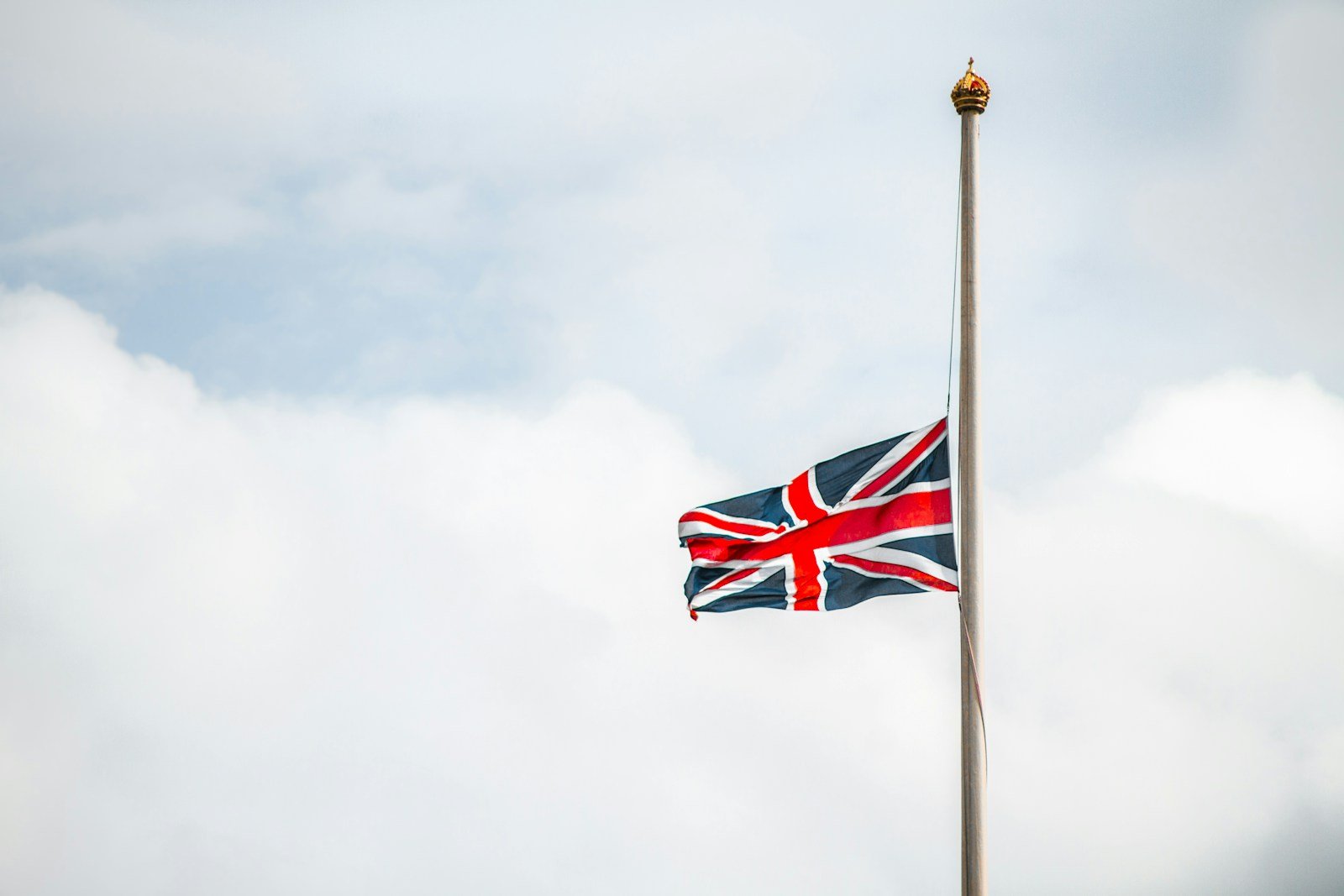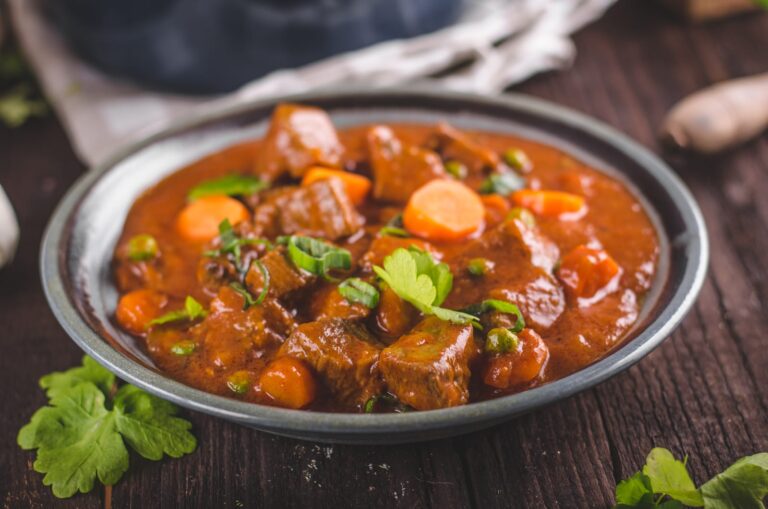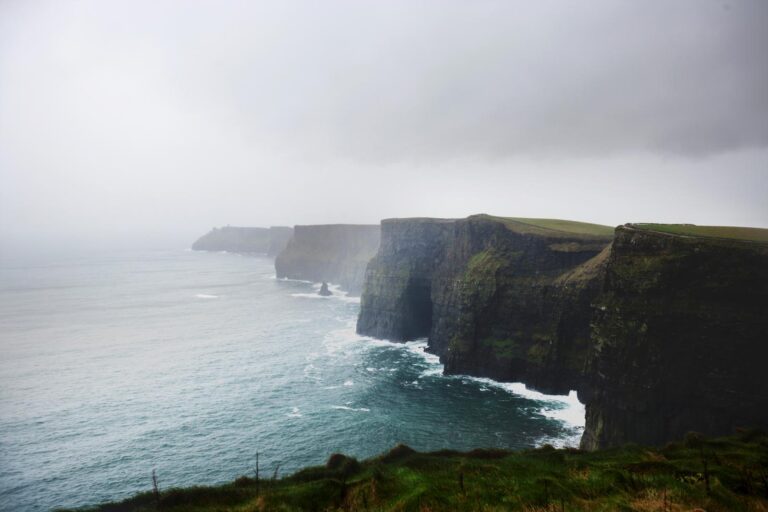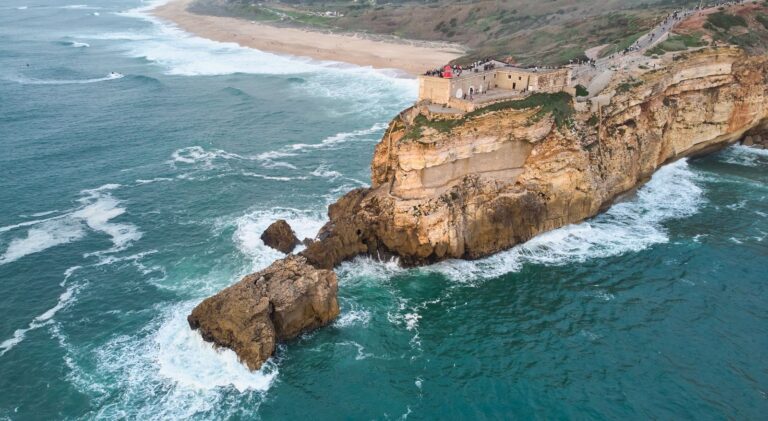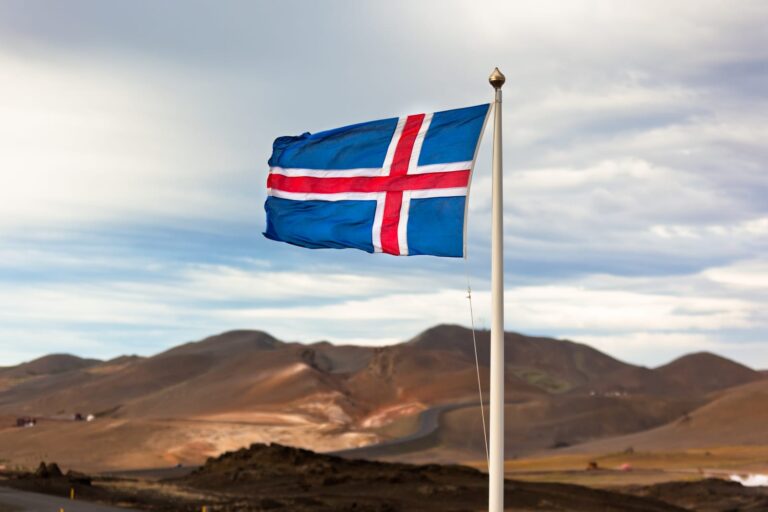Is Dublin in the UK? Understanding Ireland’s Capital and Its Unique Status
If you’ve ever wondered about Dublin’s political status, you’re not alone. Many people are curious about whether Dublin, the vibrant capital of Ireland, is part of the United Kingdom.
Dublin is not in the UK; it is the capital of the Republic of Ireland, an independent country with its own government and laws.
Exploring the differences between the Republic of Ireland and the UK can be fascinating. You’ll discover how the shared history of these neighboring regions has shaped their identities today.
From currency to driving practices, there are many aspects that set them apart.
Understanding Dublin’s place in the world not only enriches your travel experiences but also deepens your appreciation for Irish culture.
As you dive deeper into this topic, you’ll uncover the reasons behind Dublin’s distinct status and its significance in European history.
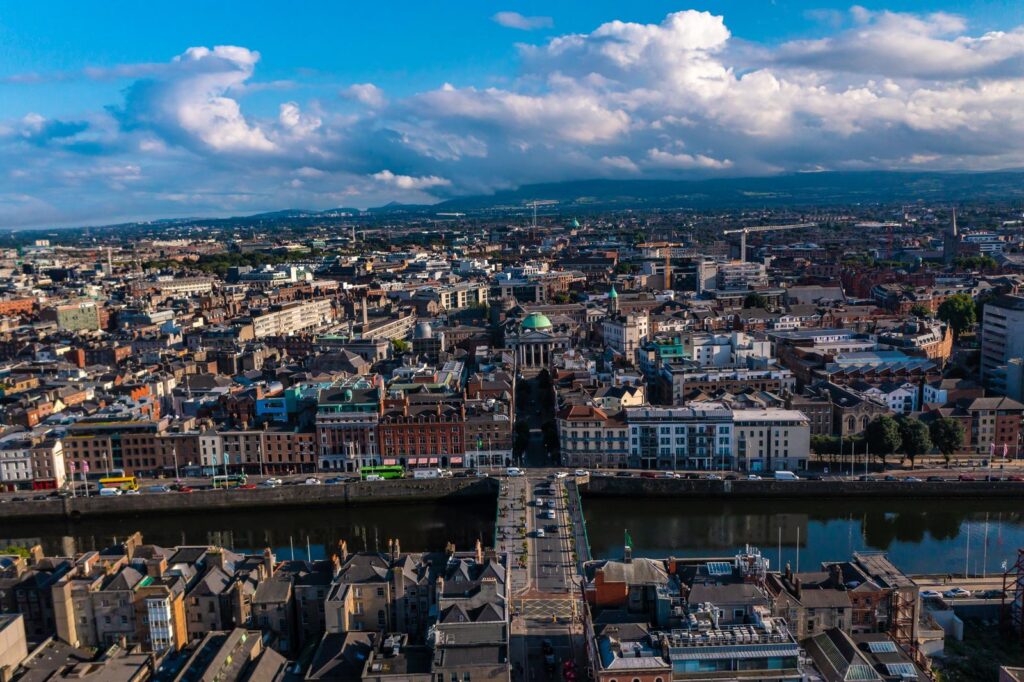
Geography and Sovereignty
Dublin holds a unique position in terms of its geography and political landscape. Understanding its location, the political structure of Ireland, and the relationship with the UK is essential for grasping the complexities surrounding the city.
Location of Dublin
Dublin is located on the east coast of Ireland, along the banks of the River Liffey. It is the largest city and serves as the capital of the Republic of Ireland.
The city is notable for its vibrant culture, historic architecture, and extensive green spaces.
Geographically, Dublin covers approximately 114 square kilometers and is surrounded by hills and mountain ranges to the south and north. The city’s position along the Irish Sea makes it a key port and transport hub.
Consequently, Dublin is well-connected to other parts of Ireland and the UK.
Ireland’s Political Structure
Ireland is a sovereign nation known officially as the Republic of Ireland. It consists of 26 of the 32 counties on the island of Ireland. The capital, Dublin, is the seat of government and the political center.
The political structure includes a parliamentary democracy, where the President is the head of state, and the Taoiseach serves as the head of government. The country has its own constitution, which emphasizes independence from UK governance.
Ireland has been a member of the European Union since 1973, further integrating its political identity within Europe.
The United Kingdom Explained
The United Kingdom (UK) comprises four countries: England, Scotland, Wales, and Northern Ireland. Each of these areas has its own distinct legal systems and governance structures.
Northern Ireland, which occupies the northeast of the island of Ireland, is part of the UK. This relationship has been historically complex, influenced by cultural, economic, and political factors.
Dublin’s status as the capital of the Republic of Ireland differentiates it from Northern Ireland. It emphasizes the sovereignty of the Irish state while navigating its geographical proximity to the UK.
Understanding this relationship is crucial for grasping the context in which Dublin exists today.
Historical Context
Understanding the historical context of Dublin’s relationship to the UK reveals important events that shaped its current status. Key moments include the formation of the UK, the partition of Ireland, and Dublin’s pivotal role in the struggle for Irish independence.
The Formation of the UK
The United Kingdom of Great Britain and Ireland was officially formed in 1801, following the Act of Union. This act merged the Kingdom of Great Britain and the Kingdom of Ireland into a single entity governed from Westminster.
Ireland’s representation in Parliament was limited, and many Irish leaders felt marginalized.
The act marked a significant turn in Dublin’s status. Dublin, once a political hub, lost its legislative powers and influence. The local governing bodies were dissolved, which led to a decline in the city’s political, economic, and cultural vibrancy.
Many prominent families moved to England, leaving Dublin in a state of stagnation.
Ireland’s Partition
The most significant event affecting Dublin’s status came in 1921 when the Anglo-Irish Treaty was signed, leading to a division of the island. This resulted in the establishment of the Irish Free State in 1922, which later became the Republic of Ireland in 1949. Northern Ireland remained part of the UK, creating a partition that continues to impact relationships today.
Dublin was named the capital of the Irish Free State. This shift represented a new beginning for the city, as it began to reclaim its role as a cultural and economic center independent of British influence. However, the division led to complex political and social dynamics that are still relevant today.
Dublin’s Role in Irish Independence
Dublin was at the heart of the Irish independence movement. Key events, such as the 1916 Easter Rising, involved significant fighting in the city. This uprising against British rule galvanized public support for independence.
Prominent figures, including Patrick Pearse and James Connolly, played crucial roles in the struggle. The aftermath of the uprising led to increased awareness and participation in the fight for Ireland’s sovereignty.
Events in Dublin during this period changed the course of Irish history, emphasizing the city’s enduring significance in the quest for independence.
Cultural Aspects
Dublin boasts a rich tapestry of culture and national identity that resides at the heart of Irish life. You’ll find various symbols that represent the country together with unique cultural highlights that make Dublin a vibrant city.
Symbols of National Identity
Several symbols represent Ireland’s national identity, and they’re deeply intertwined with Dublin’s culture.
- The Harp: This traditional instrument is recognized as a symbol of Ireland and can be found on coins and government buildings.
- The Shamrock: Often associated with St. Patrick, it has become a national emblem linking Dublin to its historical roots.
These symbols not only serve as identifiers of nationality but also celebrate the shared heritage and resilience of the Irish people.
In Dublin, you’ll often see these symbols reflected in art, literature, and festivals, showcasing their importance in everyday life.
Dublin Cultural Highlights
Dublin is renowned for its lively cultural scene.
- Literary Heritage: The city has produced literary giants like James Joyce and Samuel Beckett, earning the title of a UNESCO City of Literature.
- Pubs and Music: Enjoy traditional Irish music in cozy pubs, where folk artists often play.
Festivals such as the Dublin Literary Festival and the Dublin Theatre Festival celebrate this rich artistic legacy. Additionally, landmarks like the Abbey Theatre highlight Dublin’s commitment to performance arts.
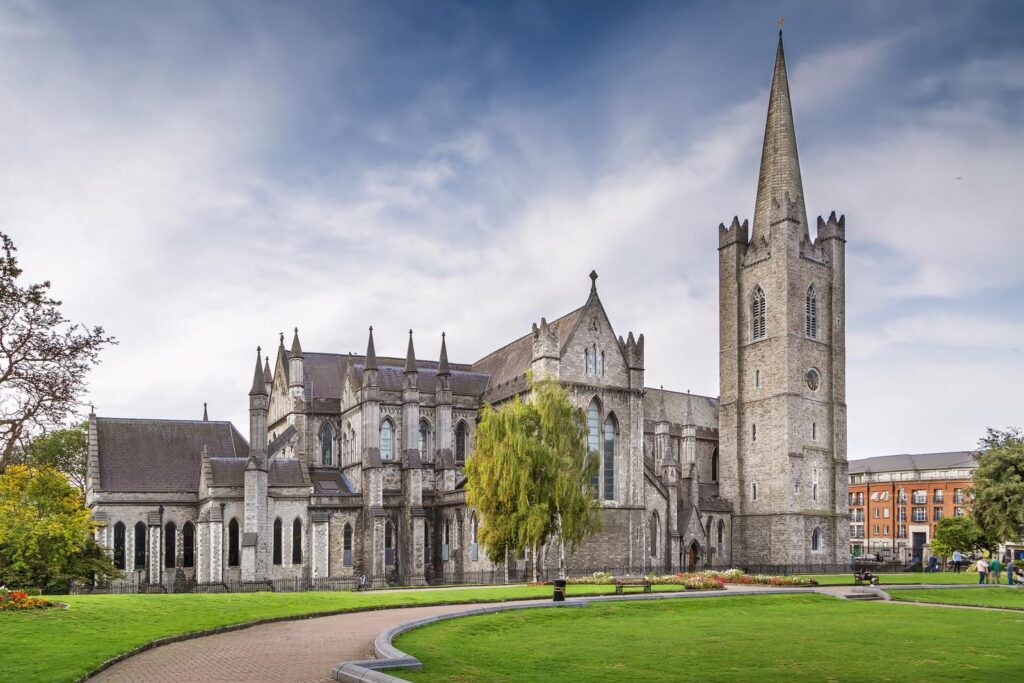
All these elements work together to create a vibrant cultural landscape that you’ll surely appreciate when visiting Dublin.
Travel Considerations
When planning your trip to Dublin, there are essential aspects to keep in mind, especially regarding your travel route and the local economy. Understanding how to navigate these elements will enhance your experience.
Traveling to Dublin from the UK
Traveling to Dublin from the UK is quite straightforward. Regular flights operate from major airports like Heathrow, Gatwick, and Manchester to Dublin Airport, with flight times averaging around 1.5 hours.
If you prefer a different mode of transportation, ferries are available from cities like Liverpool and Holyhead. The ferry ride offers scenic views of the Irish Sea and takes approximately 2 to 3 hours.
Don’t forget your passport, even for short trips. While you might not need a visa for travel, ensure you have the correct identification for a smooth border crossing.
Currency and Economy
In Dublin, the currency used is the Euro (€). It’s wise to be aware of exchange rates before your trip.
Many vendors in Dublin accept credit cards, but having some cash on hand can be helpful for smaller purchases or in markets.
Payment apps are also increasingly popular. At various cafes, shops, and attractions, you can pay using contactless payment options, enhancing convenience.
Understanding the local economy can also enrich your visit. Dublin is known for its vibrant cultural scene, dining options, and shopping experiences.
Take advantage of local markets for unique finds and authentic cuisine.
Political Relations Today
Political relations between Ireland and the UK have evolved significantly, shaped by historical context and recent events. Today, these relations are characterized by efforts to improve cooperation and address challenges arising from Brexit and its aftermath.
Ireland-UK Relations
In recent years, Ireland and the UK have focused on rebuilding their relationship. Initiatives have been introduced to strengthen ties, particularly after rising tensions due to Brexit.
Key developments include:
High-Level Visits: Senior leaders from both countries have made official visits, signaling a commitment to dialogue and collaboration. For instance, Sir Keir Starmer’s visit marked a pivotal moment for resetting relations.
Cooperation on Security: Both countries work closely on issues like crime, security, and counter-terrorism, ensuring a unified approach to shared challenges.
Economic Partnerships: Trade remains crucial, with efforts to enhance cross-border business, benefiting local economies on both sides.
EU Membership and Impact
Ireland’s membership in the European Union has greatly influenced its political relations with the UK.
The Brexit decision in 2016 prompted significant shifts in dynamics.
Key impacts include:
Border Issues: The status of the Northern Ireland border has been a contentious topic, requiring careful negotiation to avoid disruptions.
Political Structures: Brexit affected the political structures within Northern Ireland, leading to discussions about governance and cooperation with the Republic of Ireland.
Shared Interests: Both countries recognize the importance of maintaining a strong relationship despite differences related to EU policies, emphasizing the need for continued dialogue.

